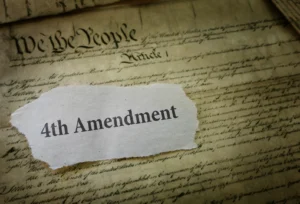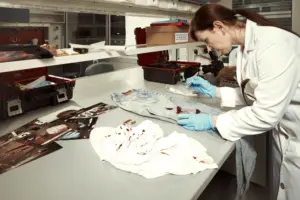
Caniglia v. Strom: A Shift in Community Caretaking and Red Flag Laws
The Supreme Court’s 2021 decision in Caniglia v. Strom sent shockwaves through law enforcement and legal circles, fundamentally altering the landscape of community caretaking and its interaction with red flag laws.




